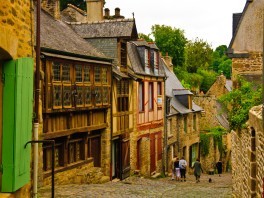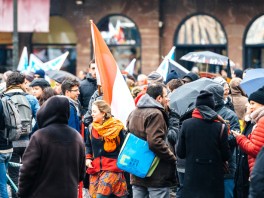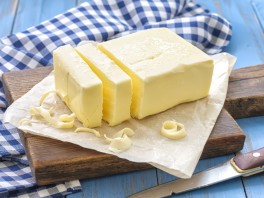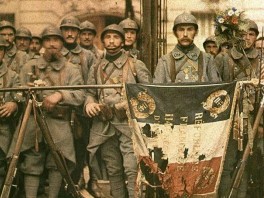France: a country of diversity and emotion
France is not one destination — it’s many.
Each region has its soul: Alsace with its half-timbered houses, Brittany with its wild coast, Burgundy with its wines, and Paris with its light.
Our guides take you from famous landmarks to hidden gems, from villages to vineyards, to experience the real France.
What You’ll Find Here
-
Weekend trips and itineraries across France
-
Regional guides: Brittany, Alsace, Provence, Corsica, Vendée...
-
Cultural walks through castles, villages, and UNESCO sites
-
French gastronomy: recipes, local markets, wines, and traditions
Quinces are a little-known fruit today, but our grandmothers loved them. They used to make delicious quince jelly in autumn. Here's the recipe from Monsieur de France.
French expressions
France
what does "à vos souhaits" (to your wishes) mean in French?

Jérôme Prod'homme
"A vos souhaits!" (to your wishes" is what we say in France to someone who sneezes in our presence. It's an old expression from the Middle Ages, and Monsieur de France tells the story.
French expressions
France
What does "on n'est pas sortis de l'auberge" mean in French?

Jérôme Prod'homme
Overwhelmed with work, or not seeing the end of a problem for a long time to come, French people sometimes say "on n'est pas sortis de l'auberge" We didn't get out of the inn to say "we're not out of the woods". The expression has a long history, dating back to the 15th century. And the inn is not at all, but not at all, a hostelry. In fact, it's a prison.
"Etre en grève" means to be on strike, so not to work in order to protest and make demands. This expression is very old, but it didn't have the same meaning in the beginning. To be on strike was even to look for work.
You and me, when we meet a man we don't know, we call him "monsieur". But why? With Monsieur de France, discover the origins of commonly used French words and expressions...
France is the world's leading butter consumer, with 8 kg per capita per year. It has to be said that butter is very much a part of French cooking and pastry-making. Just to make puff pastry or a good croissant, you need butter. And in the West, butter is the traditional ingredient for baking. Salty in Brittany, sweet in many regions, French butter has 3 Protected Designations of Origin and is a real delicacy...
Why does the year begin on January 1st and not on another date?
What seems obvious today is actually the result of a long historical process. Civilizations, religions, political power and administrative needs all shaped the way humans organized time. January 1st became the first day of the year through a progressive construction, with a decisive French intervention in the 16th century.
Article updated on December 28, 2025
"Les poilus. In other words,the hairy men, as the French soldiers who fought on the Front during the First World War were affectionately and admiringly known. Why this nickname? Because they had courage...
We know at least the melody by heart, often the words, sometimes we find them kitsch, but very often, they inevitably bring back memories of the carols we hear once a year at Christmas time. With Monsieur de France, discover the origins and lyrics of some of France's Christmas carols.
We all know that Father Christmas comes down the chimney. And it's been a while since the chimney dates back to at least Roman times. For a very long time, the fireplace was the centre of the home, before becoming a decorative feature. Fireplaces can be found in many of France's châteaux and, contrary to what you might think, Versailles is not the place with the most of them. Would you like a little history of the fireplace in preparation for Santa's visit?









